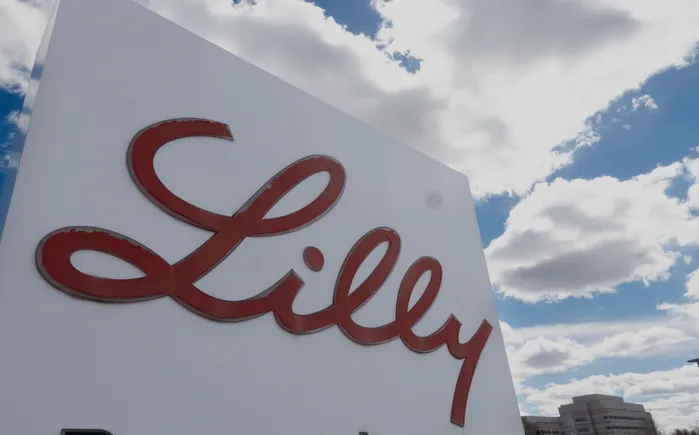Lilly buys out Beam in heart drug alliance with Verve


Dive Brief:
- Eli Lilly is deepening ties to gene editing specialist Verve Therapeutics, spending $200 million to acquire option rights to several of Verve’s drug programs from the biotechnology company’s partner Beam Therapeutics.
- In addition to the upfront payment to Beam, Lilly will invest another $50 million in Beam equity and commit to pay $350 million more if certain milestones are met. The transaction is one of the largest struck in gene editing, according to Beam CEO John Evans, who last year led his company into a deal with Pfizer.
- Lilly will now own opt-in rights to jointly develop and commercialize with Verve gene editing medicines for heart disease that are aimed at several well-known drug targets. Should Lilly opt in, the pharmaceutical company will take on one-third of expenses after Phase 1 testing in exchange for 50% of U.S. profits.
Dive Insight:
Lilly is already familiar with Verve, having partnered with the biotech earlier this year on a heart drug targeting a cardiovascular risk factor called lipoprotein(a). The new deal brings the companies closer and allows Lilly to closely track Verve’s progress on programs aimed at other genes important to heart disease risk.
That includes VERVE-101, an experimental medicine that uses base editing — a more precise form of CRISPR gene editing — to inactivate the PCSK9 gene and thereby lower LDL cholesterol. Last week, the Food and Drug Administration lifted a regulatory hold that had blocked Verve from enrolling patients in the U.S. into a Phase 1 trial of the medicine. (The timing was coincidental to the deal, said Evans.)
Verve has been running that study in the U.K. and New Zealand and next month will present initial data at a medical conference being held in Philadelphia. The biotech provided Lilly with an early look at those results as part of the pharma company’s due diligence for the deal, Verve CEO Sek Kathiresan said.
“Lilly shares our vision for the application of gene editing to treat high cholesterol and atherosclerotic cardiovascular disease,” said Kathiresan. ”That, I think, helped move things along.”
“We believe that single-course gene editing treatments could be a compelling new therapeutic option for patients at risk of cardiovascular disease, and we look forward to working with Verve toward that goal,” said Ruth Gimeno, Lilly’s head of diabetes, obesity and cardiometabolic disease research, in a statement provided by Beam.
In addition to Verve’s programs targeting PCSK9, Lilly also gains opt-in rights to research aimed at another gene called ANGPTL3 and an undisclosed heart disease target. Verve plans to advance a second PCSK9 program and the ANGPTL3 candidate into clinical testing next year.
According to Evans, Beam would have made an opt-in decision on its own regarding the Verve programs, possibly by next year. But Lilly expressed interest in getting more involved, spurring Beam to choose to sell its rights.
“Strategically, it’s very much in our interest to see these products reach patients and go as broad as they possibly can,” said Evans. “Because that helps base editing [and] were the platform company for base editing.”
The deal’s announcement follows closely on the heels of Beam restructuring its pipeline and revealing plans to lay off about 100 employees. According to Evans, though, the Lilly deal was not directly related to those plans.
“There was a lot that we were doing that we couldn’t afford to keep doing for the long term,” said Evans. “This transaction was more just the right time with Lilly at the table. We wouldn’t have done it for cheap, but the value was there and it made sense.”
Lilly, along with Pfizer, is now well committed to base editing — an interest that both Evans and Kathiresan described as a vote of confidence in both the technology and its commercial potential. Such validation is important as the genetic medicine field, and biotech more broadly, endures a shaky market.
This post has been syndicated from a third-party source. View the original article here.




